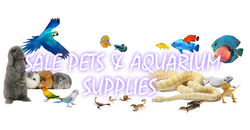WELCOME TO SALE PETS & AQUARIUM SUPPLIES.
popular products
-
API FRESHWATER MASTER TEST KIT
Regular price $0.00 AUDRegular priceUnit price per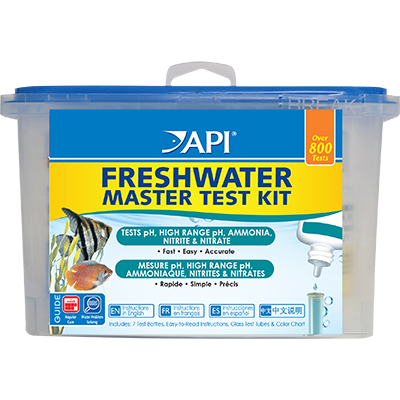 Sold out
Sold out -
API TAP WATER CONDITIONER
Regular price $0.00 AUDRegular priceUnit price per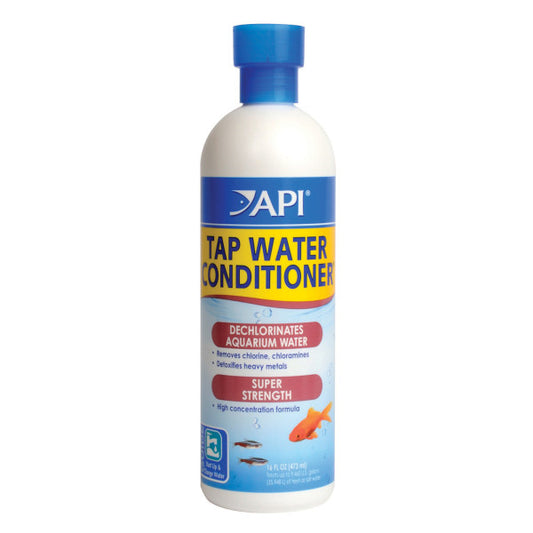 Sold out
Sold out -
API QUICK START
Regular price From $12.00 AUDRegular priceUnit price per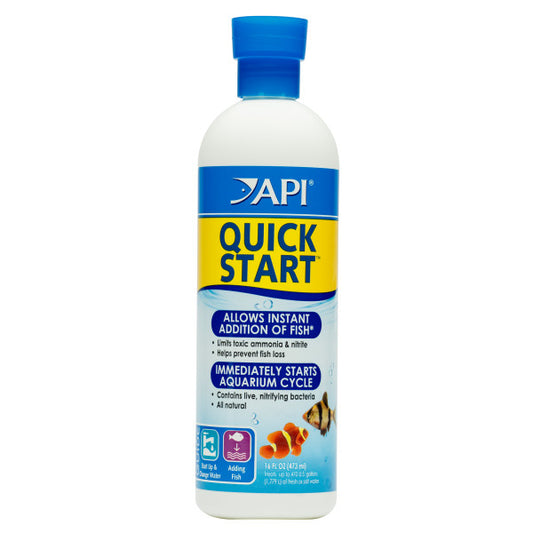
-
AQUA ESSENTIAL
Regular price $27.00 AUDRegular priceUnit price per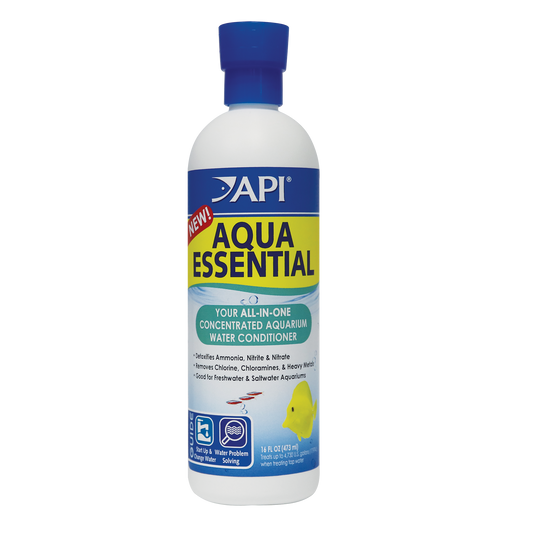
Information
-
Aquascaping with different substrates
Substrates
Inert substrates meaning it lacks any nutritional value.
Standard gravel, river stones and sand are not going to effect Ph of tank ( topical community tank)
Ph buffering substrates
Gravel, Crushed shell, Limestone aragonite, and crushed coral is used to buffer PhPlanted tank substrates
Palletised soil,
specially fracted stable porous clay gravel
-
Identifying disease
Piscine Tuberculosis:
Fish infected with Mycobacterium marinum will have skin lesions or ulcers. The eyes may bulge and enlargement of the abdomen may be noted. Spine deformities can also occur, as can sudden death.
Fin Rot :
Fish with fin rot have jagged and gradually receding fins. It usually occurs on the tail but it can affect the dorsal, pectoral, anal and pelvic fins as well. It can also coexist with other health conditions such as Dropsy.If fins recede significantly within 24 hours, then it could be a columnaris infection.There are some instances that fin rot is accompanied by fungal infection. Fin rot usually starts from the edges of the fins and tails. However, if you see holes then it’s a likely indication of fungal infection.
Mouth Fungus or Columnaris:
Moldy or cottony-looking lesions on the mouth White or grayish spots or patches on the head, fins, or gills.Lesions on the back that may extend down the sides,loss of appetite, holes in fins.
Swim Bladder Disease:
The swim bladder is an internal gas-filled organ that contributes to the ability of a fish to control its buoyancy, and thus to stay at the current water depth without having to waste energy in swimming.Sinking to the bottom of the tank (or floating by standing on its head at the bottom of the tank)Floating to the top of the tank.Struggling to stay upright, turning on its side, or upside down.Distended belly.Curved back.Changed appetite.
-
Providing enrichment
Environmental enrichment .
provide a species-appropriate stimulating environment, that promotes positive behaviours, remembering that both species and individuals will have different needs.
Enrichment activities.
Enrichment should be daily and incorporates both infrastructural and environmental enrichment, climbing frames, substrates, water (pools), scratching posts, social opportunities, and daily behavioural enrichment, such as scatter feeding, puzzle feeders and novel toys.
most importantly take the time to learn and understand what your pets needs are and why
not every reptile will prefer the same substrate
not every aquarium benefit from the same filter
not every bird will thrive in the same size tank
